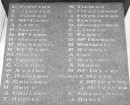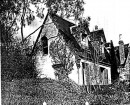KURTH KILN
SOLDIERS ROAD GEMBROOK AND BEENAK ROAD YELLINGBO, CARDINIA SHIRE, YARRA RANGES SHIRE
-
Add to tour
You must log in to do that.
-
Share
-
Shortlist place
You must log in to do that.
- Download report
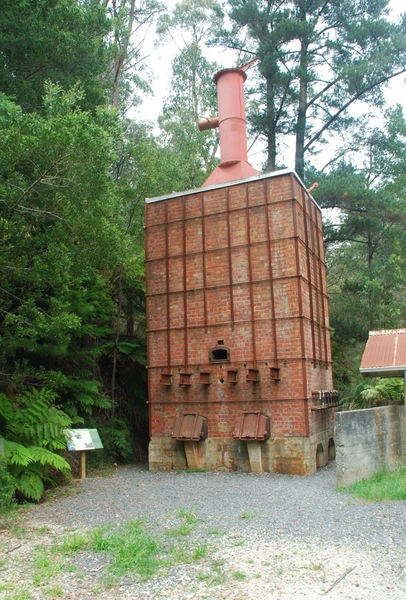

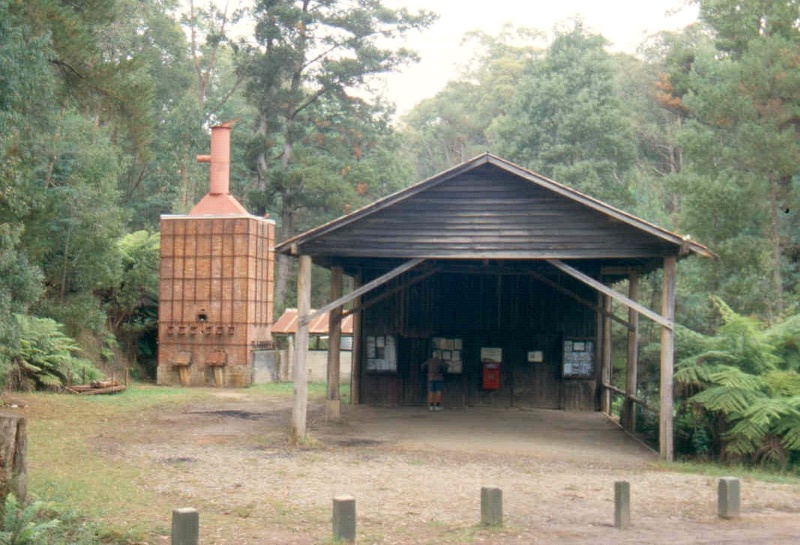

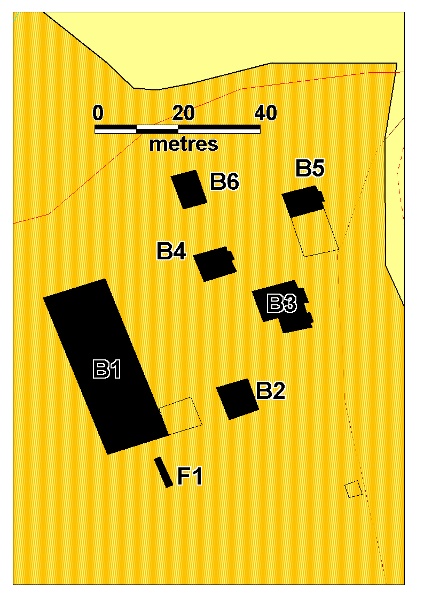
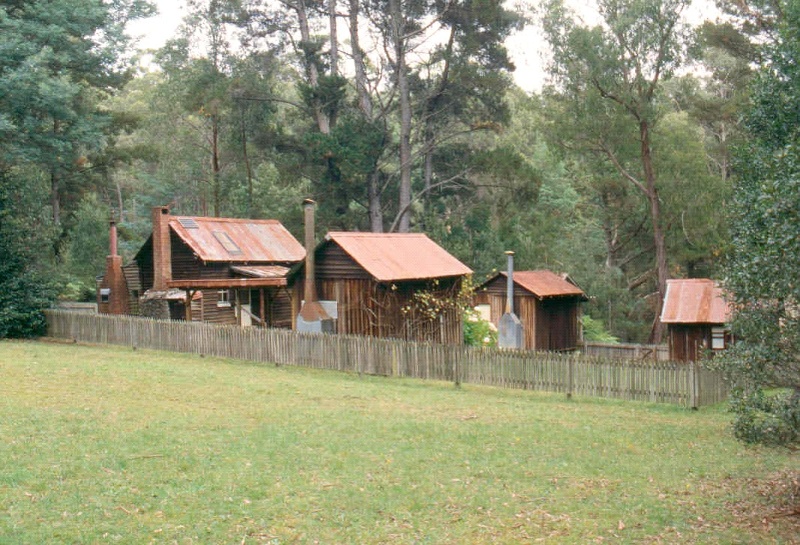
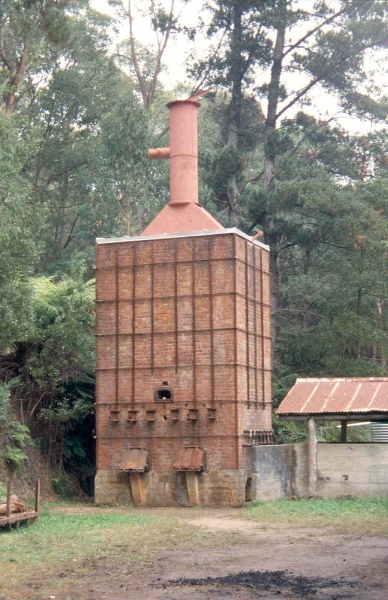
Statement of Significance
What is significant?
The Kurth Kiln was constructed by the Forests Commission of Victoria in 1941-42 to produce charcoal for use as a substitute fuel source. Petrol shortages during World War Two created a demand for charcoal suitable for gas producer units fitted to cars and trucks. It was the only commercially sized charcoal kiln in Victoria which could operate continuously. The kiln was in full production by mid-1942, but transport difficulties, structural problems and oversupply of charcoal by private operators meant the kiln was used only intermittently during 1943, and was shut down soon after.
The design of the kiln was based on the work of Professor Ernest Kurth, Professor of Chemistry at the University of Tasmania. Professor Kurth had been investigating the pyrolysis of timber and kiln design since early 1940. His work resulted in the construction of a prototype continuously burning kiln in Tasmania in 1941. The Gembrook kiln was based on Kurth’s design, and was the only one of its kind ever built in Victoria. The kiln’s design facilitated continuous loading of timber at the top and recovery of charcoal at the bottom. An intricate water-cooling system separated the production and discharge chambers, and cooled the charcoal before removal.
The Kurth Kiln is constructed of red brick, on a concrete foundation. The kiln is approximately 9 metres high by 3.1 metres by 4 metres. The brickwork is reinforced with steel strapping. It has iron doors over the openings, and an iron smoke stack. Alongside the kiln is a timber storage shed, erected in 1942. It has a corrugated galvanised iron roof supported by ‘tree trunk’ columns set into concrete foundations. The shed is approximately 25 metres long by 7.7 metres wide.
The south end of the shed has an attached skillion, divided by internal walls. Between the skillion and the kiln is a small gable-roofed structure on round posts with low concrete walls.
How is it significant?
The Kurth Kiln is of historical and scientific significance to the State of Victoria.
Why is it significant?
The Kurth Kiln is historically significant as an innovative response to a petrol shortage precipitated by the Second World War. The kiln produced a cheap, commercial and continuous supply of charcoal.
The Kurth Kiln is scientifically significant as the only kiln of its type erected in Victoria. The process of charcoal production utilised by the kiln was a technical success, and the kiln has survived almost intact.
-
-
KURTH KILN - History
The Kurth Kiln, Gembrook, was constructed by the Forests Commission of Victoria in 1941-42 to produce charcoal for use as a substitute fuel source. Petrol shortages during World War Two created a demand for charcoal suitable for gas producer units fitted to cars and trucks. The design of the kiln was based on the work of Ernest Kurth, Professor of Chemistry at the University of Tasmania. Professor Kurth had been investigating the pyrolysis of timber and kiln design since 1940. Conventional kilns worked on a fixed cycle and could not produce charcoal continuously. His work resulted in the construction of a prototype continuously burning kiln in Tasmania in 1941. The Gembrook kiln was based on Kurth’s design, and was the only one of its kind ever built in Victoria. The kiln’s design facilitated continuous loading of timber at the top and recovery of charcoal at the bottom. An intricate water-cooling system separated the production and discharge chambers, and cooled the charcoal before removal.
The Gembrook site for the Kurth Kiln was chosen for its ready access to wood and water, and because the sloping land was suited to working the top loaded kiln. It was the only commercially sized charcoal kiln in Victoria which could operate continuously. The kiln was in full production by mid-1942, but transport difficulties, structural problems and oversupply of charcoal by private operators meant the kiln was used only intermittently during 1943, and was shut down soon after.Between 1946 and 1963 the site was used as a forestry camp, with men living in huts purchased from the army. In the early 1980s the Forests Commission developed the site into a picnic area.
KURTH KILN - Permit Exemptions
General Exemptions:General exemptions apply to all places and objects included in the Victorian Heritage Register (VHR). General exemptions have been designed to allow everyday activities, maintenance and changes to your property, which don’t harm its cultural heritage significance, to proceed without the need to obtain approvals under the Heritage Act 2017.Places of worship: In some circumstances, you can alter a place of worship to accommodate religious practices without a permit, but you must notify the Executive Director of Heritage Victoria before you start the works or activities at least 20 business days before the works or activities are to commence.Subdivision/consolidation: Permit exemptions exist for some subdivisions and consolidations. If the subdivision or consolidation is in accordance with a planning permit granted under Part 4 of the Planning and Environment Act 1987 and the application for the planning permit was referred to the Executive Director of Heritage Victoria as a determining referral authority, a permit is not required.Specific exemptions may also apply to your registered place or object. If applicable, these are listed below. Specific exemptions are tailored to the conservation and management needs of an individual registered place or object and set out works and activities that are exempt from the requirements of a permit. Specific exemptions prevail if they conflict with general exemptions. Find out more about heritage permit exemptions here.Specific Exemptions:General Conditions: 1. All exempted alterations are to be planned and carried out in a manner which prevents damage to the fabric of the registered place or object. General Conditions: 2. Should it become apparent during further inspection or the carrying out of alterations that original or previously hidden or inaccessible details of the place or object are revealed which relate to the significance of the place or object, then the exemption covering such alteration shall cease and the Executive Director shall be notified as soon as possible. General Conditions: 3. If there is a conservation policy and plan approved by the Executive Director, all works shall be in accordance with it. General Conditions: 4. Nothing in this declaration prevents the Executive Director from amending or rescinding all or any of the permit exemptions. General Conditions: 5. Nothing in this declaration exempts owners or their agents from the responsibility to seek relevant planning or building permits from the responsible authority where applicable. EXEMPTIONS:
* Preliminary Mineral Exploration work
* Fire suppression duties
* Weed and vermin control
* Public safety
* Rehabilitation, protective and stabilisation works
* Information signage - for interpretation and prevention of public risk
-
-
-
-
-
KURTH KILN
 Victorian Heritage Register H2012
Victorian Heritage Register H2012 -
KURTH KILN GEMBROOK CHARCOAL KILN
 Victorian Heritage Inventory
Victorian Heritage Inventory
-
1 Jackson Street
 Yarra City
Yarra City -
1 Lightfoot Street
 Yarra City
Yarra City -
1 Longfield Street
 Yarra City
Yarra City
-
-








